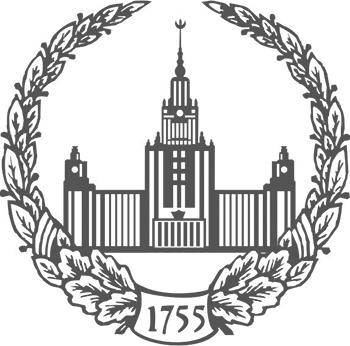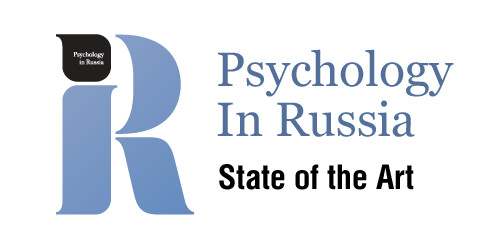Art and Psychological Practice
-
-
Background. The article studies the relationship between Y.L. Moreno's psychodrama and post-dramatic theater in the context of modern sociocultural demands. A synthesis of therapeutic and artistic practices gains special importance with the growth of individualization, digitalization and emotional alienation. Both psychodrama and post-dramatic theater offer alternative ways of understanding human experience — through action, spontaneity and deep emotional engagement, making them powerful tools in an era of crisis in traditional forms of communication.Based on the analysis of modern theatrical forms, the points of intersection with psychodrama are identified, which expands its toolkit due to the integration of visual, spatial and technological elements. Psychodrama, created by Y.L. Moreno, and post-dramatic theater, described by H.-T. Lehman, represent complementary directions, combining dramatic action, emotional reflection and experiments with reality.
Objective. The purpose of the study is to identify the theoretical and practical intersections of psychodrama and post-dramatic theater, as well as to assess their potential for creating new therapeutic and artistic forms.
Methods. Theoretical analysis of works on psychodrama and post-dramatic theater.
Results. Theoretical analysis of psychodrama and post-dramatic theatre has identified significant points of intersection that create space for the creation of new interdisciplinary practices. These methods reinforce each other, opening up pathways for personal transformation and artistic expression, and create the conditions for deep emotional work in both therapeutic and theatrical contexts.
Conclusions. Post-drama theater enriches psychodrama with visual, spatial and technological tools, enhancing its therapeutic potential.
Keywords: psychodrama; theatre; synthesis; postdramatic theatre; Jacob Moreno DOI: 10.11621/LPJ-25-38
-
-
-
Background. The theoretical significance of the work is determined by the lack of research on small project groups. The practical significance is determined by the need to identify factors of effective interaction in conditions of intense creative activity in the context of the modern film production system. Studying the specifics of intra-group relations in a film crew can contribute to more effective interaction between team members, reduce conflicts and increase overall productivity on the set.
Objective. The goal is to study the peculiarities of intragroup relations in film crews, as well as to identify personal qualities characteristic of leaders in these groups.
Study Participants. 60 members of creative film crews from five different projects took part in the study.
Methods. To study intragroup relations, we used the technique "Sociometry", which included 12 questions concerning professional cooperation, interpersonal relations, and organizational abilities. The Kettell 16 PF questionnaire was used to diagnose personality traits.
Results. The specifics of the choice of leaders and outsiders in film groups, as well as the main personal characteristics of group members who are referred to these categories, are revealed. It is shown that in the sphere of professional relations and organizational abilities the leaders were the actual group leaders, while the outsiders were the representatives of different status and professional workshops. The personal profile of leaders is characterized by marked emotional sensitivity. The main difference between leaders and outsiders is related to the level of empathy development. The situations in which one and the same participant became both a leader and an outsider in different projects are considered with the instability of sociometric status in the conditions of temporary teams being outlined.
Conclusions. The findings emphasize the importance of personality factors in maintaining a productive climate in the film crew and can be used when forming teams and selecting key personnel in similar project teams.
Keywords: psychology of art; psychology of cinema; psychology of leadership; personal traits; sociometric approach DOI: 10.11621/LPJ-25-37
-









